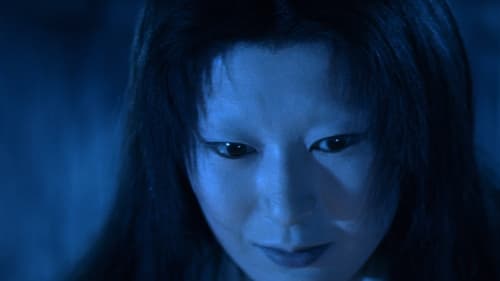
Music
Iwate Prefecture, Ohasamacho. In the foothills of Mt. Hayachine, the kagura (devotional dance) offered to the mountain goddess by the mountain priests is still performed today nearly unchanged from mediaeval times. This dance, which has been handed down along several lines of succession in the villages of Take and Otsugunai, has its origins in prayer. Take's kagura and Otsugunai's kagura are said to be closely related. The film shows the people who lovingly continue to perform these two types of dance and the transition from ancient tradition to modern life. Even from the first moment that director Haneda was charmed by Hayachine's kagura, the mountain villages that were home to the gods had already begun to disappear.

Sound Designer
「黒髪」:妻を捨て、京都から遠い任地へと赴いた武士。そこで彼は、良い家柄の娘と結婚するが、彼女は冷酷な女で、男は今さら、別れた妻のことを思い出すのだった。やがて任期を終え、京都に戻った彼は最初の妻と再会するが…。「雪女」:きこりの巳之吉は、森へ薪を採りに入ったところで吹雪に遭い、山小屋に閉じ込められるはめに。その晩彼は、雪女の姿を目の当たりにし…。ほかに「耳無し抱一の話」「茶碗の中」の計4編。

Music
While extracting and polishing their blocks of stone, stonecutters used to say “the stone is coming to life". This paradox provided Matsumoto with the best metaphor for what making a film is all about. In his opinion, filmmakers work images in the same way that stonecutters work stones.

